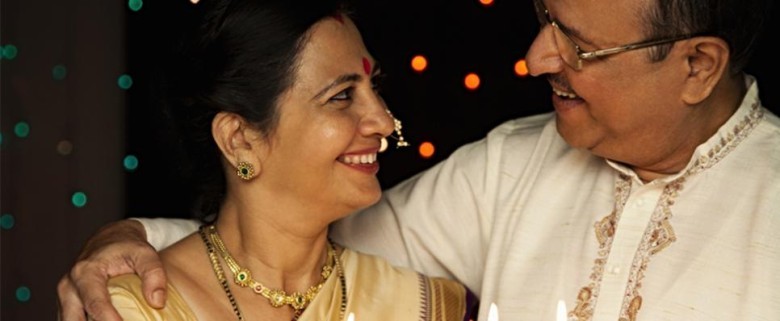views
The Golden Trove: Indian Housewives and the World's Gold
It's a statistic that often raises eyebrows and sparks disbelief: Indian housewives, collectively, are estimated to hold around 11% of the world's gold. To put that into astonishing perspective, this personal wealth in gold surpasses the combined official gold reserves of several major global economies, including the United States, Russia, France, Italy, Germany, and Switzerland. This isn't just a quirky fact; it's a profound reflection of India's unique cultural, historical, and economic relationship with the precious metal.
For generations, gold has been more than just an asset in Indian households; it's deeply interwoven with tradition, security, and identity. Unlike Western economies where gold is primarily seen as an investment or a commodity, in India, it holds a sacred and auspicious place. It's an integral part of religious ceremonies, festivals, and rites of passage, most notably weddings. A bride's dowry, often comprising substantial amounts of gold jewelry, serves not only as a display of family status but, crucially, as a form of financial security for her, a tangible asset that remains hers regardless of circumstances.
This cultural reverence translates into a continuous, almost instinctual, accumulation of gold. Indian families, especially women, view gold as the ultimate safe haven. In a country where formal banking and financial literacy have historically been less widespread in rural areas, and where economic stability can fluctuate, gold offers unparalleled liquidity and a hedge against inflation. It's a readily accepted form of currency, easily passed down through generations, and a reliable source of funds during emergencies, be it a medical crisis or a child's education.
The practice of buying gold, even in small quantities, is deeply ingrained. From tiny earrings gifted to newborns to elaborate necklaces for weddings, every piece contributes to a family's, and particularly a woman's, personal reserve. This incremental accumulation, spread across hundreds of millions of households, adds up to an staggering national private hoard.
While the Indian government has, at times, attempted to curb gold imports to manage its trade deficit, and financial institutions encourage investment in paper gold or other assets, the emotional and practical attachment to physical gold remains incredibly strong. The "gold standard" in Indian homes isn't a relic of the past; it's a living, breathing tradition that continues to shape global gold markets and stands as a testament to the enduring power of cultural practices in shaping economic realities. The quiet, consistent accumulation of gold by Indian housewives represents a vast, privately held wealth that few other nations can match.





















Comments
0 comment